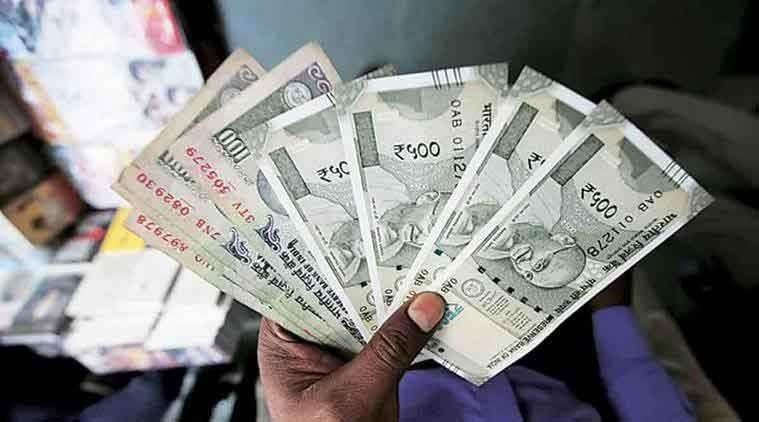No direct monetisation plan yet: DEA Secy
While data from various agencies, including World Bank and IMF suggest GDP contraction this year, the economy is expected to recover sharply next year, indicating a V-shaped recovery, he said.
 Monetisation simply means that the RBI directly funds the central government’s deficit. Until 1997, the government used to sell securities — ad hoc Treasury-Bills — directly to the RBI, and not to financial market participants. (File)
Monetisation simply means that the RBI directly funds the central government’s deficit. Until 1997, the government used to sell securities — ad hoc Treasury-Bills — directly to the RBI, and not to financial market participants. (File)
The government does not have any plan to pursue direct monetisation of its debt with the central bank at the moment, but plans to extend production linked incentives to more sectors to boost local manufacturing, Department of Economic Affairs Secretary Tarun Bajaj said Thursday. He said government revenues have started picking up with additional levies on petrol and diesel helping to raise tax mop-up.
While data from various agencies, including World Bank and IMF suggest GDP contraction this year, the economy is expected to recover sharply next year, indicating a V-shaped recovery, he said.
“At this point of time, I have some calculations. I have some plans in mind … RBI has assisted us in a great deal this time. At this point of time monetisation is not on the table at all. It has not been discussed with the central bank also,” he said at a FICCI conference on capital markets organised through a video link.
Still, he said he’d better able to answer this question in 3-4 months when more data on revenue position become available.
Monetisation simply means that the RBI directly funds the central government’s deficit. Until 1997, the government used to sell securities — ad hoc Treasury-Bills — directly to the RBI, and not to financial market participants. This allowed the government to technically print equivalent amount of currency to meet its Budget deficit.
Monetisation simply means that the RBI directly funds the central government’s deficit. Until 1997, the government used to sell securities — ad hoc Treasury-Bills — directly to the RBI, and not to financial market participants.
Amid falling revenues and a likely contraction in growth, the government has already increased its borrowing target by over 50 per cent from Rs 7.8 lakh crore to Rs 12 lakh crore in May. Even as government may miss its Budget targets, the contraction in the economy may not be as bad as some people have projected, he indicated.
To boost domestic manufacturing, production-linked incentives announced for mobile and medical gear and pharma, will be extended to 4-6 more sunrise sectors with a lot of export potential.
The Centre expects growth to come back from next year, while agriculture sector has been doing well even this year with good rabi crop production and expectations of a good kharif crop as well. The government will soon decide on privatisation of two sets of six Indian airports, including those in Amritsar, Indore, Ranchi, Trichy, Bhubaneswar and Raipur, he said.



- 01
- 02
- 03
- 04
- 05




























